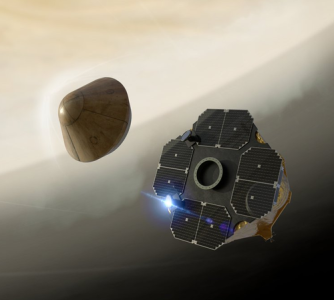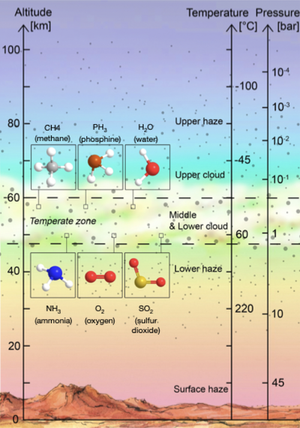VLF: Venus/Venus Life Finder

The clouds are compelling because of habitable temperatures and pressures, as well as many atmospheric anomalies that together are suggestive of unknown chemistry and possible signs of life (see image). Yet, any such life would have to tolerate extreme acidity under conditions drier than any compatible with life as we know it.

Findings that break current paradigms: Contrary to standard views, we have shown that sulfuric acid can host a wide range of organic molecules [1,2], and some lipids can form vesicles at ≥70% sulfuric acid [1]. Reanalysis of decades-old data revealed out-of-equilibrium chemistry and a potential nitrogen cycle [3]; also, locally produced ammonia (NH3) could neutralize the Venus sulfuric acid cloud droplets [4]. While debates over recent claims of phosphine [5] continue, phosphine is just one of many, and the newest, unexplained anomaly in the clouds of Venus. What are the limits of chemical complexity? Could life make water locally from gases? Can life adapt to conditions drier than currently known or in neutralized droplets? These are questions we seek to address via experiment, modeling, and in-situ measurement with essential new instrumentation recently built and undergoing validation.
First Mission: Our first mission, to search for evidence of carbon chemistry in the Venus clouds (nominal launch May 2023, backup Dec. 2024), will be the first known private interplanetary space mission. A newly-developed instrument called the autofluorescence nephelometer (AFN) is currently being validated for integration into the probe and photon bus under development in preparation for launch. Follow-up missions (probe, balloon, culminating in a possible atmospheric sample return) are in development.
For more information: https://venuscloudlife.com/
